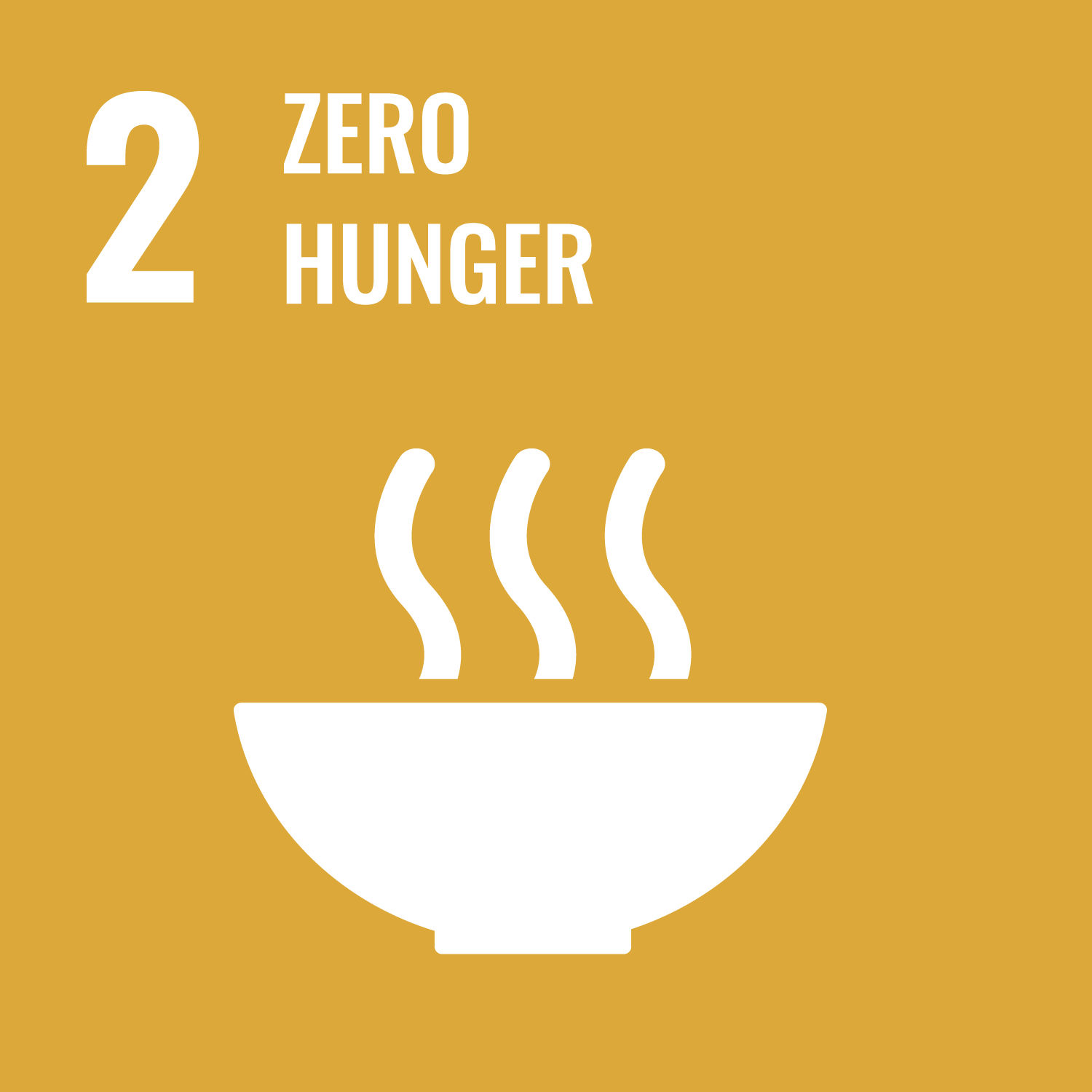Murugesan, T., Kaliamoorthy, S., Choudhary, S. et al. (11 more authors) (2025) Effects of phosphorus availabilities on growth and yield of foxtail millet: insights from high-throughput phenotyping platforms. Planta, 261 (5). 112. ISSN 0032-0935
Abstract
Main conclusion Foxtail millet performance under low phosphorus (P) is determined by growth potential, with tiller number as a key indicator. Yield is influenced by P dilution rather than total P concentration.
Abstract Foxtail millet, renowned for its high nutrient content and drought resilience, faces limited breeding investment despite being cultivated in vulnerable agri-systems. Low phosphorus (P) levels affect approximately 50% of global agricultural soils, and particularly impact regions like Sub-Saharan Africa and Southeast Asia, the latter where foxtail millet is extensively grown. This study explores the effects of low P (< 5 ppm; Hedley Fractionation Method; Cross and Schlesinger 1995) on foxtail millet plant growth and yield-related traits, utilizing high-throughput platforms (HTP) with a selected subset of genotypes (n = 10) from the core collection of ICRISAT Genebank. Results uncover substantial variation in plant growth and agronomical traits at both treatment and genotype levels. Under low-P conditions, genotypic variation is noted, with a sixfold difference in tiller count, 2.4-fold in grain yield, 2.7-fold in 3D-leaf area, and 2.3-fold in root surface area. A significant relationship was found between grain yield under low-P and high-P conditions (R2 = 0.65; P < 0.01). This suggests that genetic yield potential (vigor) under high-P conditions strongly influences grain yield and tiller numbers under low-P conditions. Residual grain yield under low-P conditions, not explained by high-P conditions, had a strong positive association with tiller numbers (R2 = 0.70; P < 0.01) and showed a significant negative association with total P concentration (R2 = 0.54; P < 0.05). Conversely, under high-P conditions, grain yield (GY_LF) from Lysi-Field exhibited significant positive correlations with P use efficiency (PUE) (r = 0.94; P < 0.001) and total biomass (r = 0.84; P < 0.01). These findings underscore the critical role of P availability in influencing grain yield and related traits. Under low-P conditions, performance is primarily driven by growth potential, with tiller number serving as a reliable marker of this potential. The significant genotypic variation observed highlights the importance of selecting for growth-related traits in P-limited environments. In addition, P dilution, rather than total P concentration, appears to play a key role in determining yield under low P. Optimizing P management strategies and breeding for improved growth potential may significantly enhance crop performance in regions facing P limitation.
Metadata
| Item Type: | Article |
|---|---|
| Authors/Creators: |
|
| Copyright, Publisher and Additional Information: | This is an author produced version of an article published in Planta, made available under the terms of the Creative Commons Attribution License (CC-BY), which permits unrestricted use, distribution and reproduction in any medium, provided the original work is properly cited. |
| Keywords: | Foxtail millet; Grain P content; High-throughput phenotyping platforms; Nutrient deficiency; Phosphorus stress; Phosphorus use efficiency; Resource poor soil |
| Dates: |
|
| Institution: | The University of Leeds |
| Academic Units: | The University of Leeds > Faculty of Biological Sciences (Leeds) > School of Molecular and Cellular Biology (Leeds) |
| Funding Information: | Funder Grant number BBSRC (Biotechnology & Biological Sciences Research Council) BB/R021171/1 |
| Depositing User: | Symplectic Publications |
| Date Deposited: | 01 May 2025 16:27 |
| Last Modified: | 01 May 2025 16:27 |
| Status: | Published |
| Publisher: | Springer |
| Identification Number: | 10.1007/s00425-025-04672-7 |
| Related URLs: | |
| Sustainable Development Goals: | |
| Open Archives Initiative ID (OAI ID): | oai:eprints.whiterose.ac.uk:225804 |
Download
Filename: Tharanya et al Author accepted manuscript.pdf
Licence: CC-BY 4.0


 CORE (COnnecting REpositories)
CORE (COnnecting REpositories) CORE (COnnecting REpositories)
CORE (COnnecting REpositories)